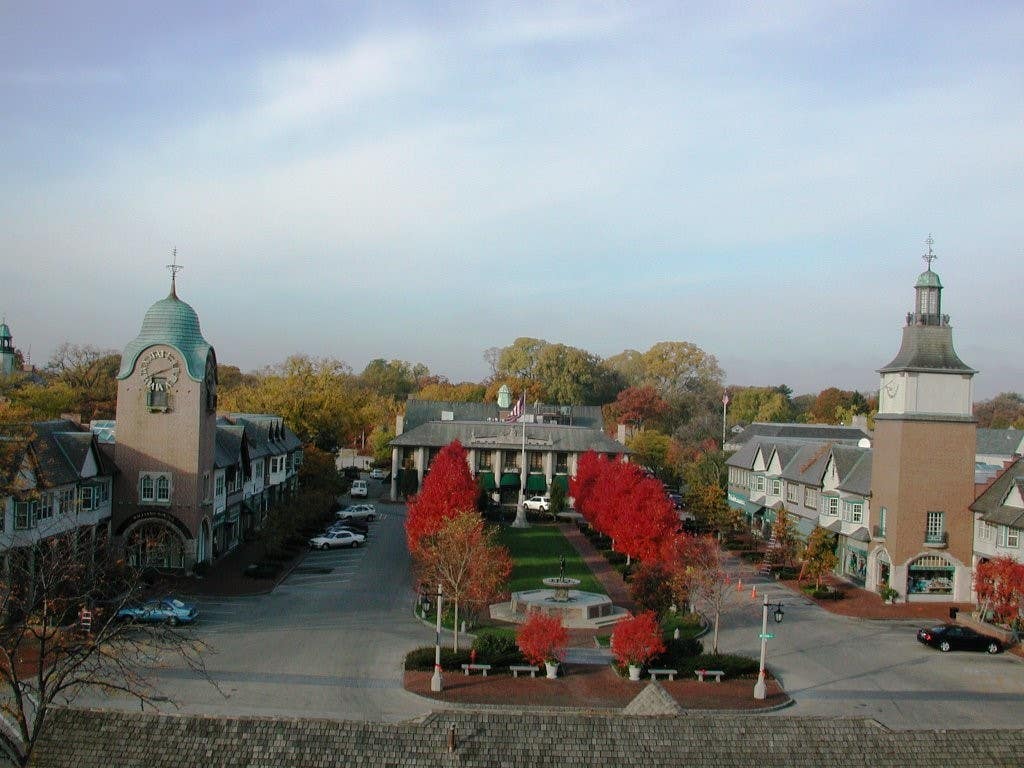
Carroll William Westfall
Traditional Urbanism and the Common Good
We avert our eyes from residential tracts populated by repetitive houses that are distant derivatives of traditional houses and intended for a single economic class. We also shield our eyes from their neighbors, the office parks and stretches and clusters of commercial outlets set in parking lots for the cars that provide their only access. We regret being trapped in the tangle of roadways expanded from country lanes where traffic crawls and pedestrians are ill-treated. And we avoid downtowns that go dead before nightfall.
We call this urbanism because somehow the word city doesn’t fit any of it and almost sounds quaint today. We easily connect the words city and traditional. Traditional city sounds about right, and it also make a good fit with town: traditional town. Germans gave us the word town, and we use it for clusters of residences without carrying the baggage of a government. Of course, those residential tracts, office parks and spreads of commerce also seem ungoverned but are hardly towns much less cities: no one claims to be a citizen of that urbanism.
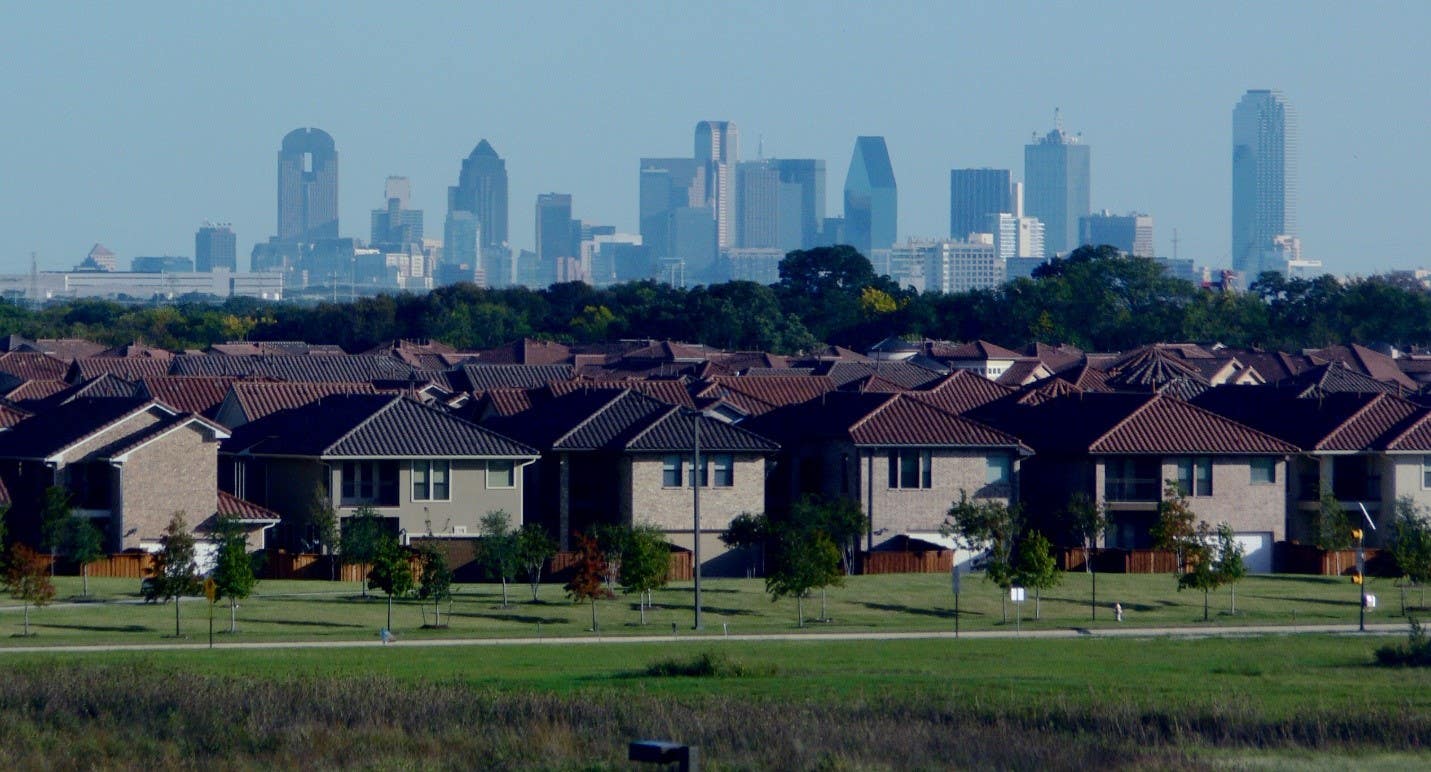
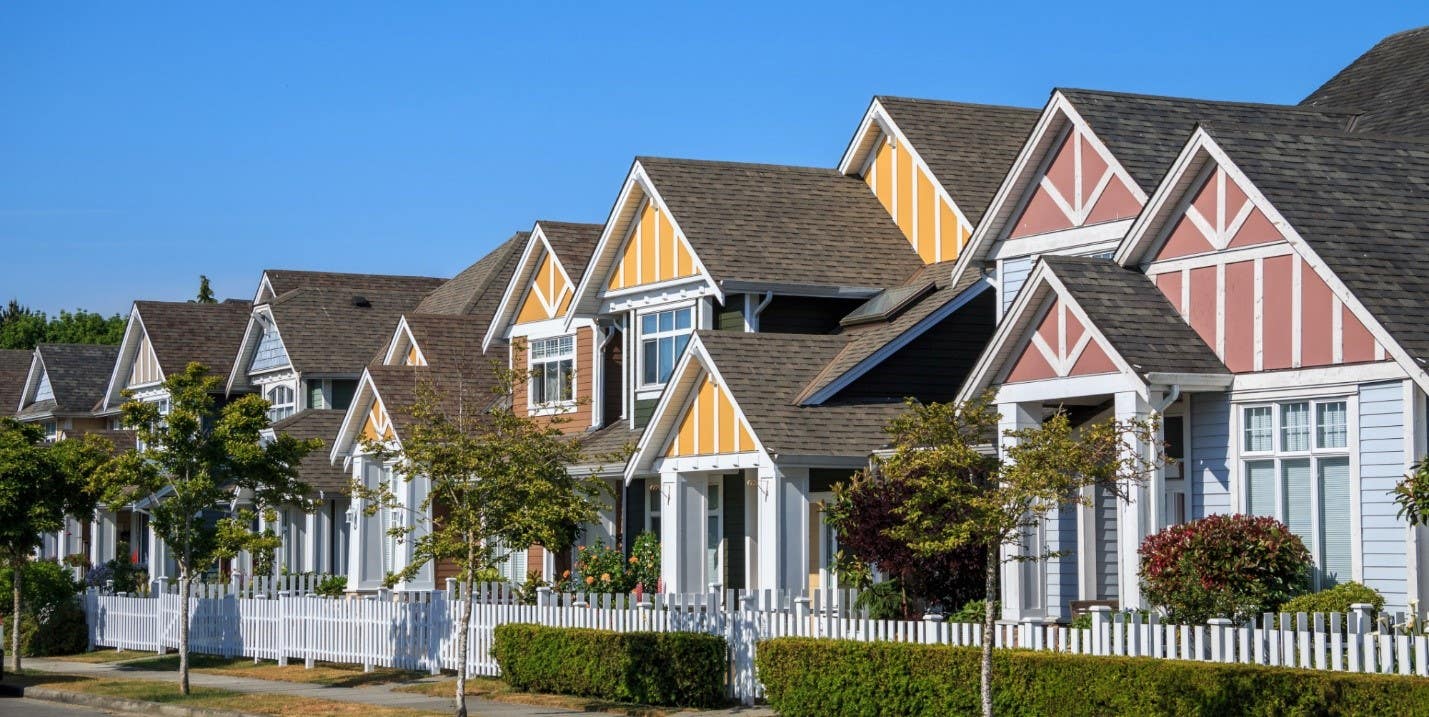
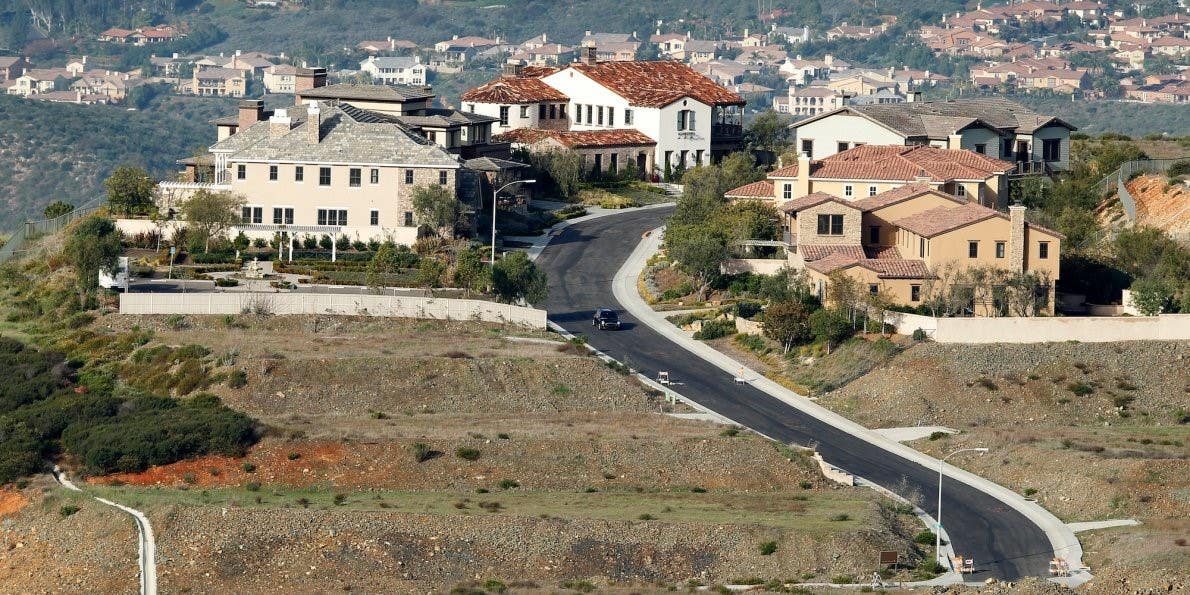
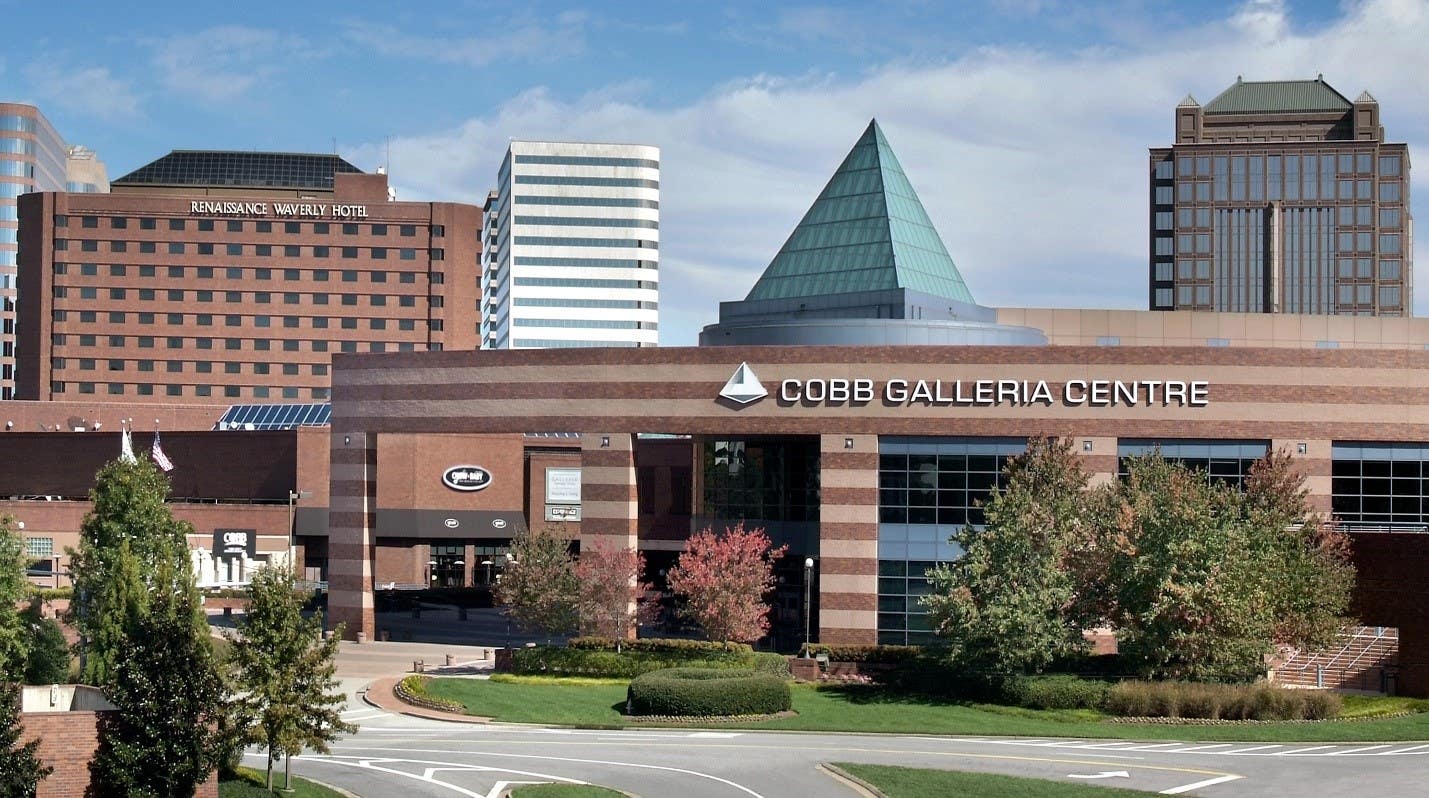
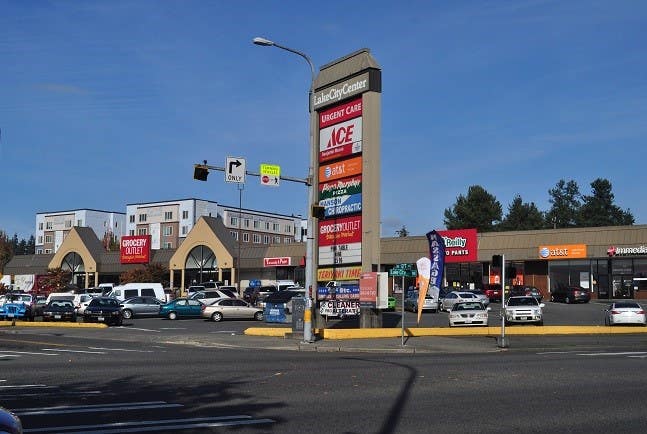

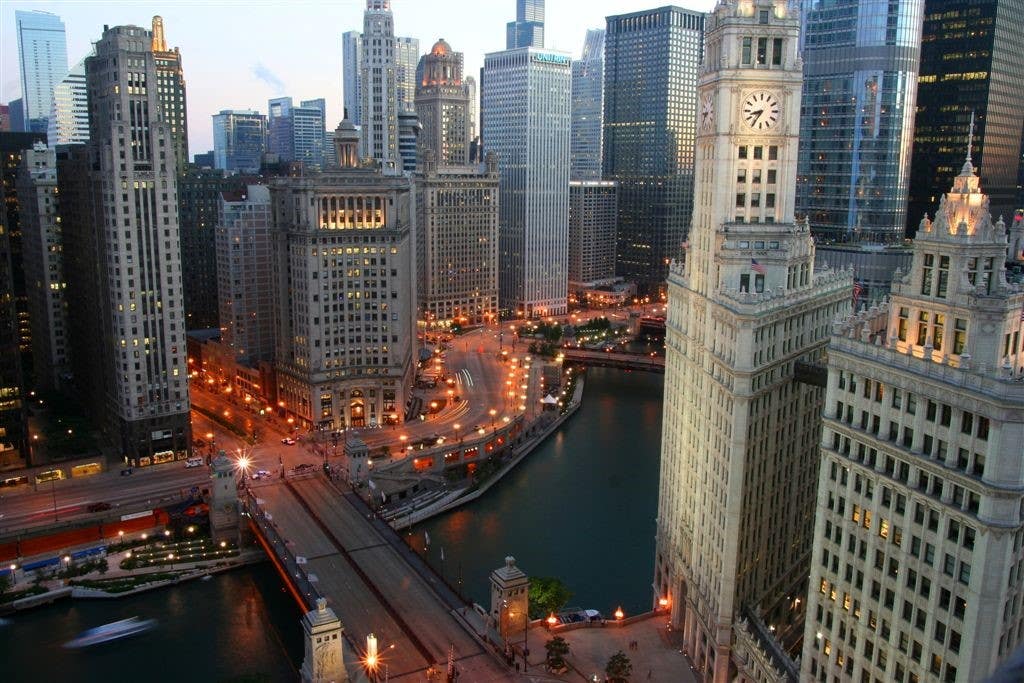
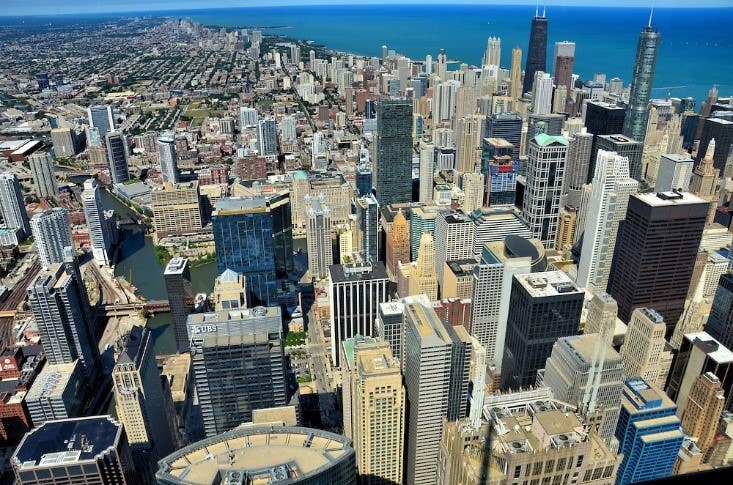
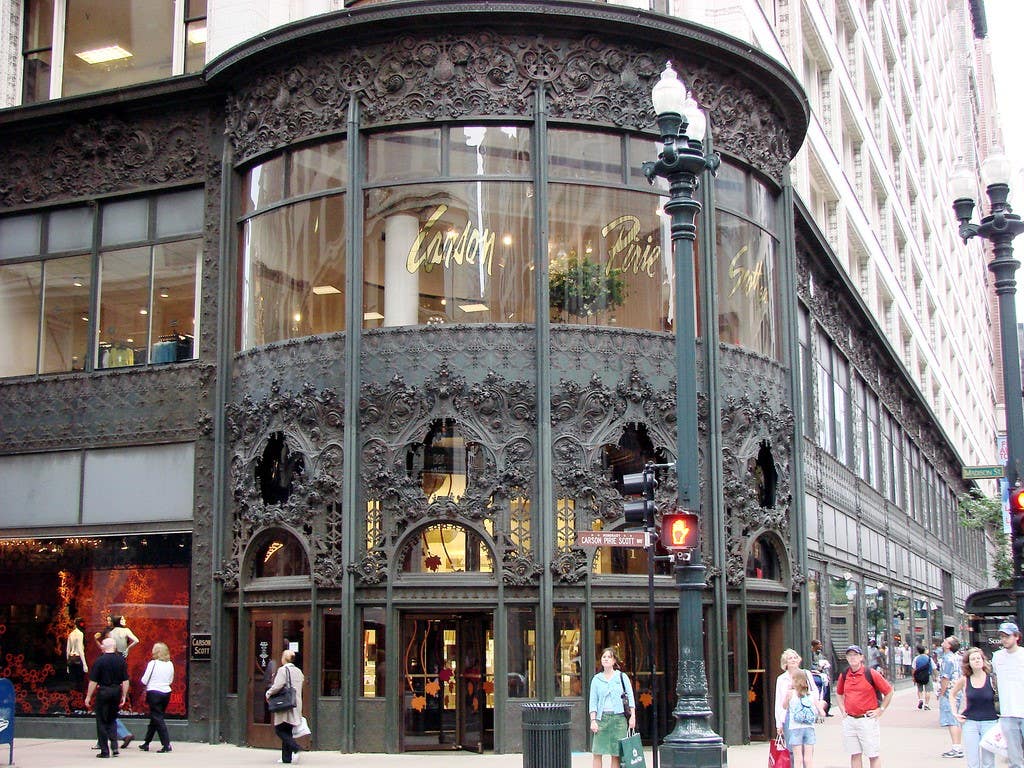
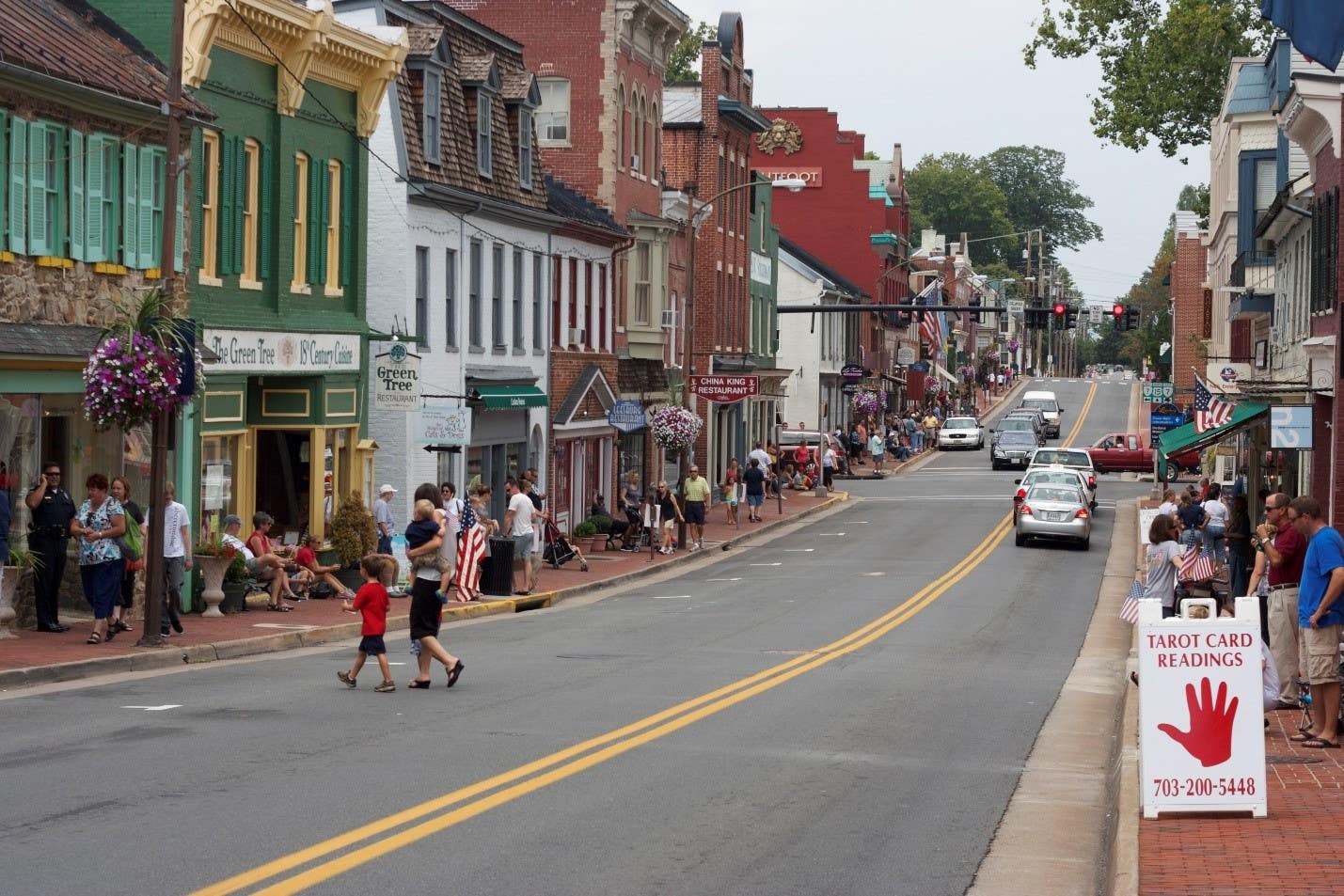
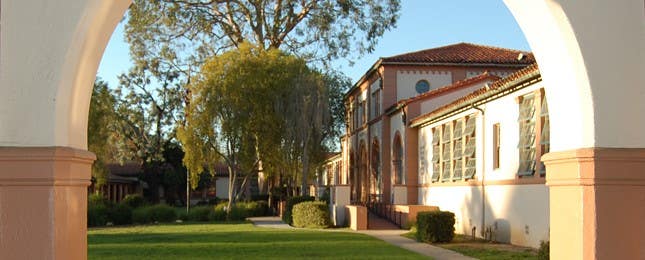
The words citizen and city are serious words implying a governing order, to take two more words from ancient Latin. City, citizen and governing order do the work that was done in what the Greeks called the polis, and hence our word politics. That work is done in a particular physical place, the place we learned from Latin to call urbanism, or the locale of a civil order and its government.
Urbanism seems too grand a word for a traditional town or traditional city. We refer to traditional urbanism when we think of a neighborhood with distinctive and a familiar physical character. It might be anchored by the elementary school where we went to school and now go to vote, and perhaps by the parish church. It has a favorite coffee shop or breakfast place. We can move to and about within the neighborhood’s important parts on foot, and we often encounter familiar faces and feel a kinship with one another of them. A neighborhood is like a traditional town immersed in a great city, but in the urbanism now being built there is no place for a neighborhood.
A town or a neighborhood can be like an extended family, but it cannot be a substitute for a city. Cities have a special role in our lives, one that the urbanism we now build is ill equipped to serve and has no interest in doing so. It is the role that has been central for cities as long ago as ancient Greece and Jerusalem. Plato and Christian doctrine tell us to manage our city so that it can give a foretaste of the blessed joys of the afterlife. Aristotle, more down to earth, taught that the city’s role is to assist its members to live the good life, which is what the United States was founded to do.
For what is this country, after all, but a nation-city? It is a political, civic body with a governing order dedicated to facilitating the pursuit of happiness by fulfilling its role to “establish Justice, insure domestic Tranquility, provide for the common defense, promote the general Welfare, [and] secure the Blessings of Liberty to ourselves and our posterity.”
That, in short, is the common good, the good that each person has a duty to contribute to and the right to draw upon in pursuit of his individual happiness. In traditional urbanism, the individual’s and the community’s devotion to the common good can be felt, sensed, understood and perceived in how we behave and what we do in public, and it becomes visible and sensible in the individual buildings, in their arrangement among one another, and in the places between the buildings and other physical things.
This occurs when the parts and the assemblage into urbanism are built to put first the purposes that promote and facilitate the common good. Those purposes foster family life as their members interact with one another, and they support the interaction with others engaged in the diverse activities that enrich the city’s life.
Certainly the facilities for industry, commerce, and transportation serve essential purposes, but these are subordinate to civic and interpersonal activities. These did not dominate in earlier centuries when something like 90 percent of a nation’s population spent most of their time in pursuits directly related to agriculture, only some of which were done in towns and cities. In the two centuries and more since America’s founding that ratio has more than reversed with the result quite conspicuous in urbanism and in rural districts.
The commercial functions that now dominate cities and their service belts of suburbs also “promote the general Welfare,” but how generally the welfare is shared is increasingly in doubt. The economic and physical separation between the few rich, the comfortable, the struggling, and the very many poor has increased, and the urbanism that makes jobs accessible only by car has deleterious effects on those at the lower ends.
In traditional urbanism buildings graced city streets with commerce below residences. Until a half century ago, the commercial and residential buildings rising ever higher retained a civic presence with animated ground floors and had walls and tops worth looking up to, and they stood in the background relative to their betters whose purposes played larger roles in the civil order – the state houses, city halls, court houses, libraries, schools, theaters and other public buildings. No matter their important civic function, they looked as if they intended to remain in place and express their roles in fulfilling their duty to serve the common good and promote the general welfare.
Today the centers of cities present themselves as dynamos generating wealth. Surrounding them are ever sprawling outlands. Occasionally these stand in juxtaposition to the surviving pieces of traditional architecture in the urban cores and in the unmolested or rejuvenated older neighborhoods, inner ring suburbs, and still-intact country towns.
Their visible connection to tradition speaks of continuity in families, communities, and nations that serve and express what citizens value, in common, and what they draw strength from, in common. They give full meaning to what we mean when we use the words urbanism, buildings, cities, towns and neighborhoods that belong to the common good, and they equip us to build in ways that live up to what they name.
Carroll William Westfall retired from the University of Notre Dame in 2015 where he taught architectural history and theory since 1998, having earlier taught at Amherst College, the University of Illinois in Chicago, and between 1982 and 1998 at the University of Virginia.
He completed his PhD at Columbia University after his BA from the University of California and MA from the University of Manchester. He has published numerous articles on topics from antiquity to the present day and four books, most recently Architectural Type and Character: A Practical Guide to a History of Architecture coauthored with Samir Younés (Routledge, 2022). His central focus is on the history of the city and the reciprocity between the political life and the urban and architectural elements that serve the common good. He resides in Richmond, Virginia.








